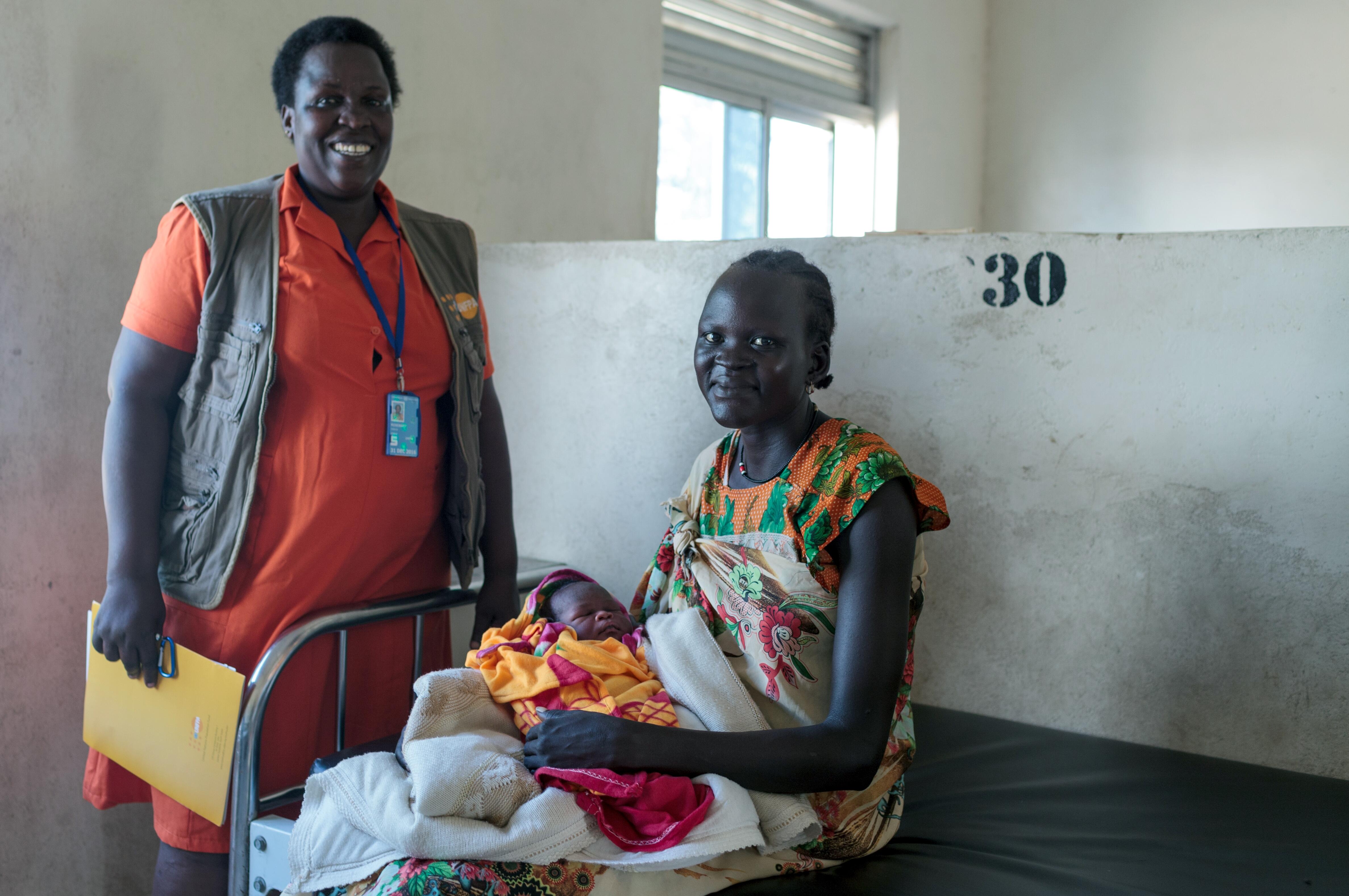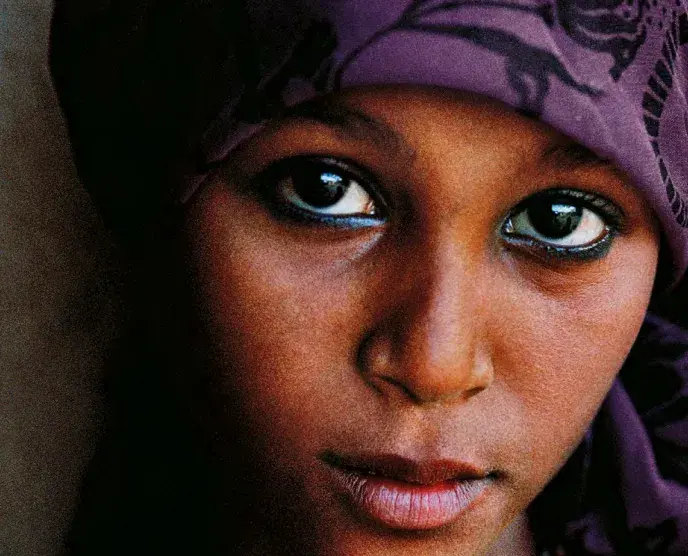This is a special year for all rights-based health advocates, as we celebrate 25 years of the International Conference on Population and Development (ICPD). At the ICPD in Cairo in 1994, for the first time world leaders from 179 member states committed to the principles that underpin today’s Sustainable Development Goals: non-discrimination and universality; the centrality of health, including sexual and reproductive health and rights; education; women’s empowerment and gender equality; and the collective need to ensure environmental sustainability.
In the past 25 years, noteworthy progress has been made towards the realization of universal sexual and reproductive health and rights in most parts of the world.
In the past 25 years, noteworthy progress has been made towards the realization of universal sexual and reproductive health and rights (SRHR) in most parts of the world, including in East and Southern Africa. The East and Southern Africa region is home to more than 600 million people, with a third of its population between 10 to 24 years of age.
In the East and Southern Africa region:
- Today, one in three women are using a modern family planning method, compared to less than one in ten in 1994. Higher use of modern family planning methods has enabled women to exercise their right to determine the timing and number of their children;
- A woman’s chance of dying due to pregnancy or childbirth has declined from a 1-in-20 risk during her lifetime to a 1-in-55 risk;
- Many countries have criminalized gender-based violence (GBV), and have outlawed child marriage and female genital mutilation;
- New HIV infections have declined by 20 per cent, while AIDS-related deaths have decreased by 44 per cent since 2010.
Despite good progress, the promise of the ICPD remains to be fulfilled for millions of people in the East and Southern Africa region.
Despite good progress, the promise of the ICPD remains to be fulfilled for millions of people in the East and Southern Africa region. One in five women do not have their family planning needs met. Lack of contraceptive choices is producing sub-optimal health and fertility benefits. Although care during pregnancy, delivery and post-delivery has improved, the quality and cost of these services remain a challenge. More women appear to be dying due to poor quality care than lack of access to care. One in three girls are being married by age 18, and almost one in six young women aged 20 to 24 years continues to experience gender-based violence. Legal systems still have difficulty convicting perpetrators of gender-based violence. Ninety-eight per cent of all new HIV infections are now occurring in just 15 countries, the majority of them in East and Southern Africa. These challenges are exacerbated in conflict, humanitarian and emergency settings.
Considering the current pace of progress, it could be concluded that the East and Southern Africa region is unlikely to achieve universal access to SRHR and Universal Health Coverage (UHC) by 2030. In this context, the ICPD25 Nairobi Summit provides a great opportunity to recommit ourselves to redoubling our efforts to accelerate progress towards universal SRHR, and women's empowerment and gender equality – the unfinished agendas of the ICPD.
The ICPD25 Nairobi Summit provides a great opportunity to recommit ourselves to redoubling our efforts to accelerate progress towards universal SRHR, and women's empowerment and gender equality – the unfinished agendas of the ICPD.
The good news is that, along with the steady but noteworthy progress towards SRHR for all, leaving no one behind, the momentum around UHC is also growing in the East and Southern Africa region. The Political Declaration of the High-Level Meeting on UHC by Heads of State and Government and representatives of States and Governments will further strengthen this momentum. Through the high-level declaration, world leaders have committed to progressively achieve UHC, achieve universal access to SRHR, and stop the rise and reverse the trend of catastrophic out-of-pocket health expenditure by providing measures to ensure financial risk protection and eliminate impoverishment due to health-related expenses, by 2030.
Under the unifying framework of UHC, countries are prioritizing the provision of a set of essential health services aligned to country needs (i.e. a minimum essential UHC Benefit Package) and developing roadmaps to progressively expand the number of services included under a minimum essential UHC Benefit Package, as the economy and/or financing for health increases. To generate resources for UHC, many countries are initiating innovative financing arrangements (e.g. pool health financing and pre-payment mechanisms), and to ensure that the cost of using health services does not put people at risk of financial harm, many countries are strengthening their financial protection mechanisms.
However, the current and, for many, proposed minimum essential UHC benefit packages, financing and financial protection mechanisms do not include six out of the nine recommended essential SRH bundles of services (see Box 2, 4-9). In many countries, even if the remaining three essential SRHR bundles of services are part of UHC benefit packages, they are not fully covered under UHC financing and financial protection mechanisms.
Modern contraception
Pregnancy, delivery and post-delivery care including fistula
HIV/STI/RTI
Comprehensive Sexuality Education (CSE)
Safe abortion and post-abortion care
Reproductive cancers
Sub-fertility and infertility treatment
Gender-based violence (GBV) and other harmful practices such as female genital mutilation (FGM) and child marriage
Sexual health and well-being, including menstrual health management (MHM)
The current momentum around UHC in the region should become a powerful framework for accelerating progress towards universal SRHR:
- When comprehensive SRHR services are progressively integrated into the UHC benefit packages, and financing and financial protection arrangements ensure that the use of SRHR services does not expose the user to financial hardship;
- When UHC policies and programmes prioritize integrated, people-centered delivery of primary promotive, preventive, curative, rehabilitative and palliative health care, including SRHR, by following a life-course approach;
- When UHC policies and programmes ensure that ‘no one is left behind’, with an endeavour to get essential health and SRHR services to those left furthest behind first, founded on the dignity of the human person and reflecting the principles of equality and non-discrimination;
- When the opportunities and risks associated with existing/proposed UHC financing, delivery and financial protection arrangements are better understood and evidence-based measures implemented to minimize undesirable outcomes, including development of evidence-driven country-specific policies on the role of the private sector in attaining universal SRHR and UHC;
- When UHC policies and programmes strengthen the capacity of national governments to exercise strategic leadership and coordination, focusing on intra as well as inter-sectoral coordination and integrated, people-centered delivery; as well as strengthen the capacity of local authorities, and encourage them to effectively engage with their respective communities and stakeholders to accelerate progress towards universal SRHR and UHC.
In the lead up to the Nairobi Summit ICPD25, everyday people have joined advocates and activists to passionately express what they march for under the hashtag campaign #IMarchFor.
What will you march for? I march for the full, effective and accelerated implementation of the ICPD Programme of Action – an agenda still to be fully realized – an agenda that includes at its core universal SRHR. Achieving this target would require us to take advantage of the momentum of UHC. SRHR and UHC will need to become more entwined. Simply put – there can be no UHC without universal SRHR and vice versa. Together, let’s march for the universal goal of UHC and SRHR for all, with no exceptions!
Dr. Julitta Onabanjo
Regional Director, United Nations Population Fund, East and Southern Africa



